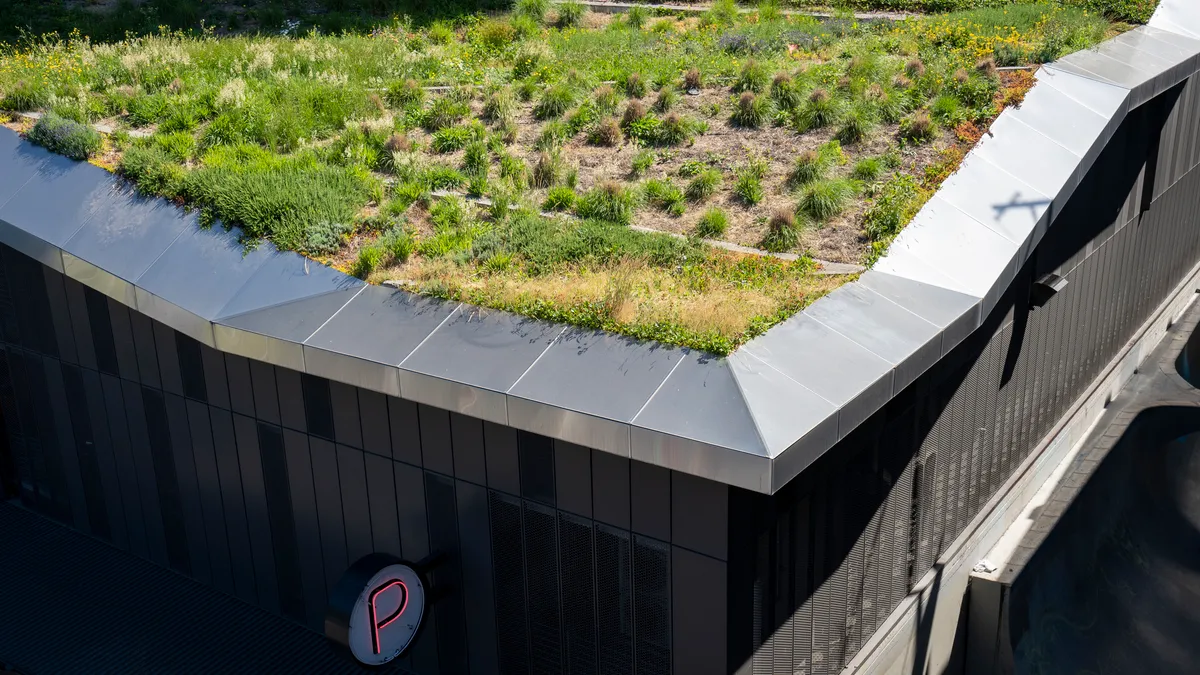Dive Brief:
- A new paper from an international team of researchers says that cities should consider mental health benefits as they plan nature spaces in cities. The paper, published Wednesday in the journal Science Advances, offers a framework for cities to incorporate and measure mental health benefits from parks, tree plantings and other green spaces.
- "In the future, if we can find low-cost ways that help to introduce and conserve nature while simultaneously working to address psychological well-being and mental health, then this can be a win-win solution in many cases," Greg Bratman, an assistant professor at the University of Washington School of Environmental and Forest Sciences and lead author of the paper, told Smart Cities Dive.
- The framework says cities should consider four factors to maximize mental health benefits of a project: the elements of nature included in a project, the amount of contact people will have with nature, how people interact with nature and how people will benefit from that interaction.
Dive Insight:
Several studies have shown that contact with nature can have mental health benefits and improve cognitive function, especially in cities where green space can be limited. A literature review published last year said access to green space and parks improved mood and other health effects; another study of neighborhoods in Philadelphia, where vacant lots were cleaned up and had more green space, found fewer security concerns and improved mental health. A 2017 Vivid Economics report said that London residents avoid over $400 million per year in mental health costs due to public parks.
But maximizing those benefits can be difficult for cities. While projects like tree planting can be specially designed to improve air quality or reduce the heat island effect, there has been no such framework for mental health benefits. That’s in part because of limited research, including on whether certain types of nature features affect people differently or how different populations respond to nature.
Still, it’s important to develop guidance for how cities can integrate “the impacts of the environment on mental health into considerations of design and access to nature,” said Bratman in an email. “If the evidence shows that nature contact helps to buffer against negative impacts from this and other environmental predictors of health, then eventually our conceptual framework could be developed and potentially used to help address health disparities in underserved communities."
Under the framework in the paper, planners would use existing and emerging research to determine potential mental health benefits and use those predictions to inform planning and spending on green spaces.
Cities have devoted more attention to bringing green space into concrete environments; London this week was recognized by the National Park City Foundation as its first National Park City and the Trust for Public Land (TPL) named Washington, DC as the United State’s top parks city in a May report. The TPL report found that overall green space access is rising for city residents, but encouraged more spending on the local and federal level to ensure that all residents can reap the benefits.










